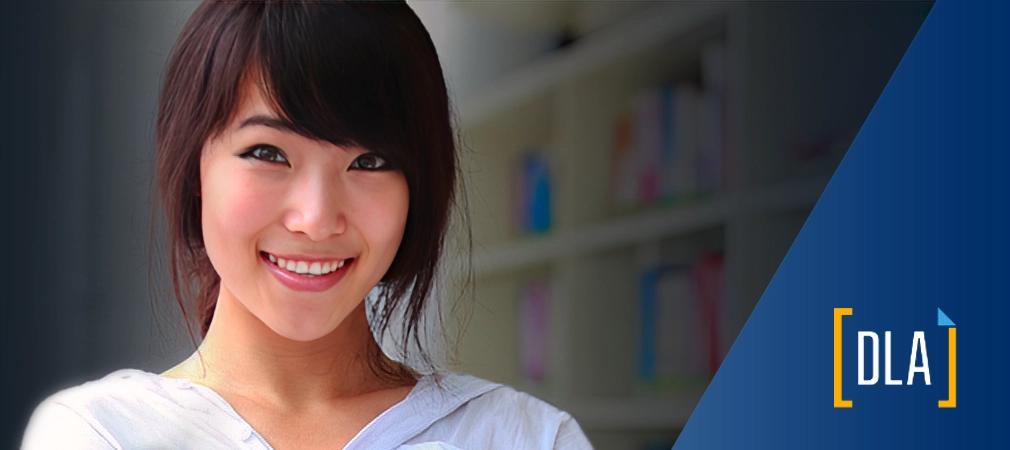
Written by David Lombardino | Updated March 14, 2024
Getting the Competitive Edge
One of the most common questions we receive is whether it is plagiarism to have a paper edited.
Our clients are seeking undergraduate and master degrees and PhDs at our nation's top colleges and universities, and their concern is understandable. They want the competitive edge without compromising their integrity and the hard work they have put into their studies.
So is it plagiarism to have your paper edited?.
What Exactly Is Plagiarism?
Simply put, "plagiarism" is using the ideas or words of another as if they were your own.
Let us say you have a neighbor, Bob, who just invented the wheel. You then write a paper describing how you invented the wheel, without giving Bob any credit. That would be plagiarism.
Let us say that after writing your paper, you read the paper that Bob also wrote on inventing the wheel. You then change some of your paragraphs to use Bob’s paragraphs, because you like them better. That also is plagiarism.
|
When it comes to what constitutes plagiarism, the above examples are fairly obvious. However, what about getting assistance with a sentence, a word choice, or following the rules of a style guide like APA? If someone helps you in this way, is that plagiarism? |
Then What Exactly Isn't Plagiarism?
Let us say your professor has asked you to write a paper for their class. It's due in a week, and you have received poor grades on your prior papers. This time, you want to make sure you get it right before you hand it in.
You write a working draft the same night you receive the assignment and the next day meet with your professor to ask their thoughts on what you have written. They give you feedback on the content as well as recommendations on changes to make to a few words and sentences.
You follow all their suggestions, hand it in and receive an A on the paper.
What many students may not realize is that this is precisely the process that is followed for writing a professional academic article for publication.
The researcher writes an initial draft, submits it for review, receives feedback from their coauthors, makes the necessary revisions, submits it to the journal, receives feedback from the peer review, makes the necessary revisions and submits it, finally, for consideration for publication.
Often, the peer review recommends professional editing of the journal article before it is considered for publication.
Does this mean, then, that simply using any academic editing service will result in a paper that is free from plagiarism? Maybe not.
|
Are you looking to achieve an outstanding grade on your paper or a master degree or PhD? If so, you’ll want to ensure your writing is as academically sound and polished as possible. That’s where DLA Editors & Proofers comes in. DLA Editors & Proofers is a team of expert editors that helps students and professional academics achieve acceptance of their work for a degree, grant or publication. With their expertise across many fields, DLA Editors & Proofers makes improving your paper easy until it’s ready for submission. So if you are looking to achieve an outstanding grade on your paper or a master degree or PhD, take your time—use DLA Editors & Proofers to give your paper the edge it needs to meet even the highest standards. Try DLA Editors & Proofers today, and take the first step toward achieving an outstanding grade on your paper or a master degree or PhD. |
A Question of Creating a Unique Idea
The fundamental issue of what is and is not plagiarism comes down to a question of whether the idea is unique and, if it is, who was the one who created it.
If Bob has just invented the wheel, he “owns” that invention, and your pretending to own it would constitute plagiarism.
Similarly, if Bob has written a paper, he “owns” the content of that paper, and your copying from it would constitute plagiarism.
The question then comes down to how unique the idea—either the invention or the words—is and who is the one who created it.
|
For an idea to be considered unique, it needs to be one that no one else has created, as well as one that is not already commonplace. The invention of the wheel is a great example. |
When the wheel was first created, it was unique, but now that many years have passed since it was invented, it is no longer unique. If when it was first created someone other than the inventor pretended to have invented it, that would have constituted plagiarism. Now that the wheel is no longer unique, however, there is no such concern.
When Paper Editing Is Free of Plagiarism
Among the qualities that make for a great editor is the ability to edit within the author’s unique voice and style, and not to impose or insert their own ideas on or into your paper.
This is the first distinction in whether the paper editing service will result in plagiarism.
Mature editors, like the editors we have at DLA Editors & Proofers, will know how to stay within the author’s work to keep the editing free of plagiarism.
How our editing can be free of plagiarism is easy to illustrate with a couple of simple examples using word choice.
Let us say that you have used “fewer” when the correct word to use is “less.” This distinction is not one we invented; it can be independently verified with a dictionary.
Another example would be if you have used “smile,” but in the context of your writing, we see that “grin” would communicate your idea more effectively. While we are the ones making the suggestion, the difference in the definitions of the two words is not one we invented.
Our role, then, is not to create new content for you but to recommend improvements our expertise and experience have trained us to see.
The Need for Track Changes
One measure your editor can take to ensure their editing of your paper is free of plagiarism is to make all their suggestions using Track Changes. This allows, at all stages of drafting, editing and rewriting your paper, you remain as the owner of the work. When we identify an improvement that could be made, therefore, we see it as a suggestion we are making rather than a correction that must be accepted.
With this process, we ensure they are the ones taking ownership of the changes and that the final result is an edit that is 100% free of plagiarism.

|

